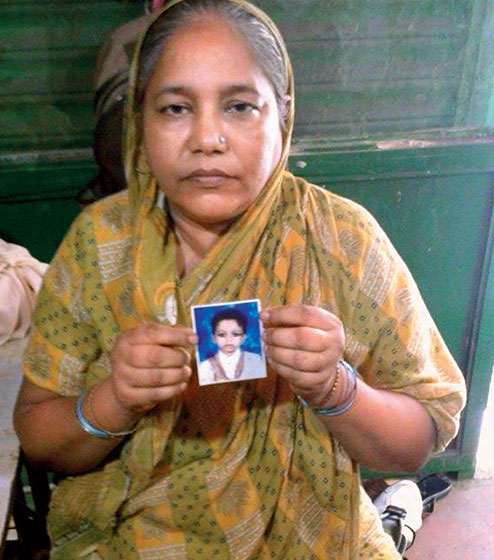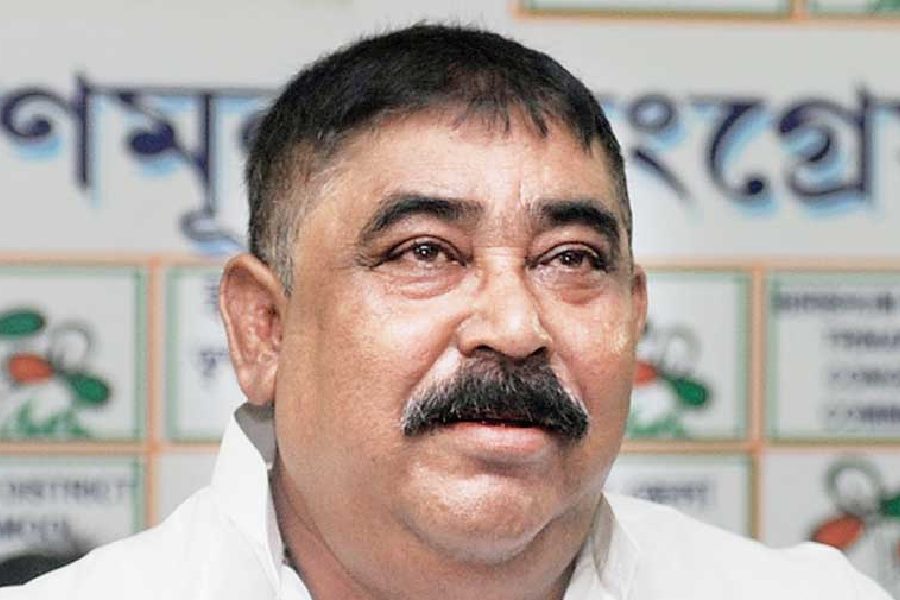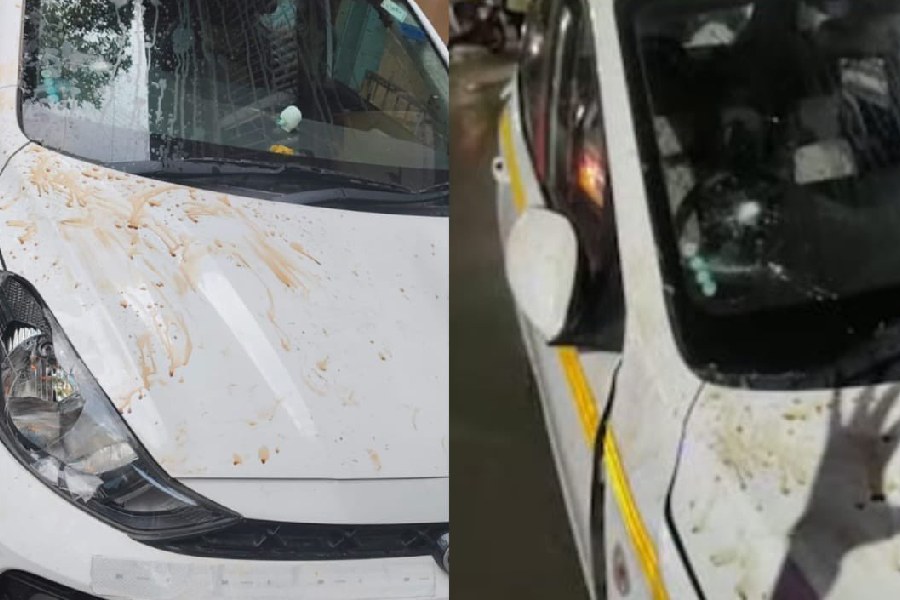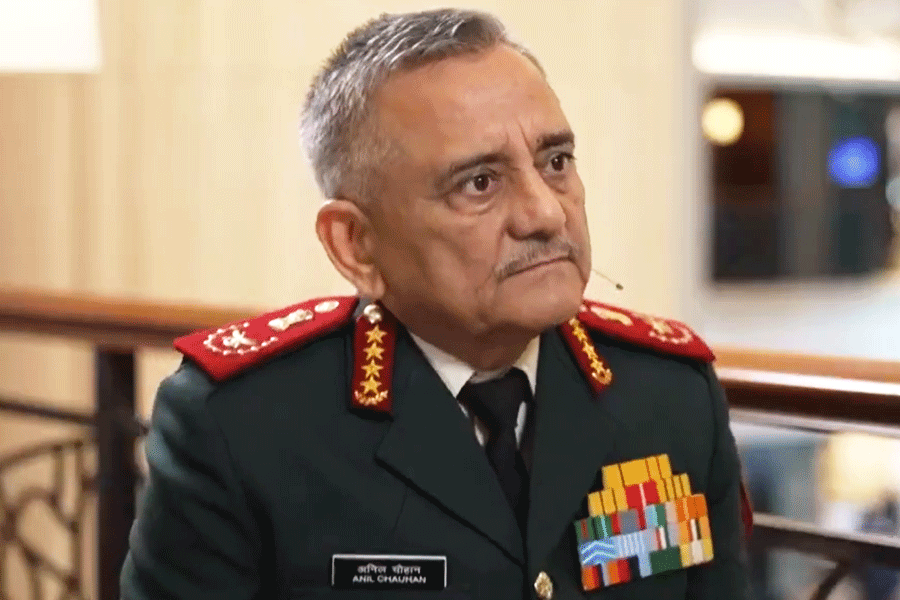


The First Information Reports (FIR)s held out a thin ray of hope for them. The General Diary (GD) numbers, the FIR numbers made little sense except for holding out a promise of seeing their kidnapped children again. They are hapless parents of children gone missing from Pilkhana, some missing since 2003. While visits to the local Golabari police station all these years yielded nothing apart from false promises, they have now stopped doing that altogether. For they have learnt that the police have virtually lost all trails of investigation in these cases. Those FIRs are now just numbers – cases lying idle.
Fifteen children were abducted between 2003 and 2010 from the heart of Howrah town, 14 of them from Pilkhana, under Golabari police station. Missing complaints had been lodged in the General Diary (GD) and later abduction cases were initiated, with FIRs lodged. The then Howrah District Police managed to rescue only one abducted girl out of the 15 from Balia district in Uttar Pradesh. Two kidnappers had been arrested from Howrah’s Pilkhana.
Kidnappers on the prowl
The recent abduction and murder of Class III student Vishal Sharma has once again brought to focus the cases of missing children in Howrah. The Vishal Sharma case and the gruesome murder of Yash Lakhotia in 2009 revealed an intelligence failure in Howrah police. Not without reason did the Howrah Police Commissionarate get a rap from the chief minister for failing to prevent the murder of Vishal. While old family feud and revenge were behind the kidnappings and murders of Vishal and Yash, the police had altogether failed to take into account that the city was a haven for kidnappers and child traffickers. Had the Commissionarate followed up the cases of the missing children from Pilkhana, it would have been aware of the ground reality. The grieving parents of those missing children believe there are kidnappers on the prowl, that no child is safe here in Howrah.
In September 2011, with the split in the Howrah District Police’s jurisdiction and a separate Police Commissionarate formed for Howrah town, no records were maintained of those abduction cases. Adding to the parents’ woes, the Howrah City Police have no intention of spending precious working hours on solving those cases. “Most of these cases are seven to eight years old. It is now next to impossible to crack these cases, as all evidence and witnesses have gone missing,” said an officer of the detective department. “People may blame us. But it was really difficult to carry forward previous data and records while a change of guard happened. How could we know about those cases, if the previous district police did not maintain records?” the officer asked. However, the former Howrah police commissioner, Ajey Mukund Ranade, said they have tried their best to crack those cases. But to no avail.
“The cases are there. They are not closed. But they are defunct. There is no possibility of finding those children,” said Ranade, the erstwhile commissioner. The Commissionarate had sent a 10 member team to Bangalore in April 2012, where 217 children had been rescued. There were three policemen and seven parents of the missing children in the team.
The parents had identified some of those rescued children as their own. We hoped that DNA tests would confirm their identity, so we sent an investigating team to Bangalore. But no DNA tests matched,” the commissioner said. Ranade added that the police have worked hard to curb child kidnapping incidents. “I can tell you that no such incident has happened in Pilkhana in the recent past,” the former commissioner said. Among the steps taken by the police to prevent such abductions are creating awareness among parents, asking them to keep an eye out for their wards, keeping photographs of their children at all ages.
Court directive
The case of the missing children had prompted activist Mahasweta Devi to file a writ petition (W.P No. 4921 (W) of 2011) in Calcutta High Court, questioning the pace of investigation by the Howrah police. The court compelled the former Howrah SP Hari Kishore Kusumaker to file a report. Following the order of the then Chief Justice JN Patel and Justice Ashim Kumar Roy on April 1, 2011, the Howrah SP produced the updated report before court which showed very little progress in investigation. No action was taken to rescue those children, instead, the police acted against the inspector-in-charge of Golabari PS, Sanjib Dutta along with sub-inspector Kartick Jana and two other constables for being unable to collect relevant intelligence in the cases.

The court then had asked the police to start a special inquiry and transfer the GDs into FIRs. Separate FIRs for each and every case were lodged, inquiries started, but nothing came of it. The present Howrah City Police have no clue about the cases. Kusumaker’s report before the judges (a copy of which is with the correspondent) reads: “It is submitted that ... 15 (fifteen) children were missing from the year 2003 from Howrah District. Fourteen of the incidents occurred in and around Pilkhana area under Golabari Police Station and one in the Bankra Out Post under Domjur Police Station of this district. It is also submitted that 12 children went missing during the period May 2007 to June 2010.”
Hand-in-glove
Aggrieved parents believe that there is an active racket of child-kidnapping in Pilkhana. “There is definitely a gang operating in this area. I think they are hand-in-glove with a section of the administration and police. This Pilkhana area is a den for kidnappers,” said Ruksana Begum, mother of 5-year-old Sheikh Sirajuddin, gone missing since December 2009, on the day of Muhharam. “Two women, Mamata Gupta and Mustari Begum were arrested along with Mamata’s husband Ritesh on charges of kidnapping from school in March, 2012. Shivam Shaw, the child was rescued from Mustari’s flat at Pilkhana. The trio strangely got bail but the inspector-in-charge of Golabari PS, Ashim Kanti Ghosh, who arrested them, was transferred,” Ruksana said.
Karbala ground of prey
“Six or seven children out of those 15 were abducted from Pilkhana’s Karbala ground; three of them were kidnapped on a Friday, the third or fourth jumma bar. This ground turns into a fair every Friday afternoon and children treat it as their playground. It is very easy to abduct a child from here, amidst the densely populated Pilkhana slum,” said Md Sabir Ansari, whose five-year-old son, Sarique, went missing from Pilkhana’s Fakirbagan More, 200 metres from his house.
“Over the years, we have failed to convince Howrah police that these are not stray incidents. Child traffickers are active here. And interestingly, if any inspector-in-charge of Golabari PS started fresh investigation, he would soon be transferred from here. Nobody understands our grief, we are living only in the hope of seeing our children back home,” Ansari’s voice choked with grief.

In his report submitted before the judges, SP Kusumaker stated that Pilkhana had a mixed population with the majority of poor Muslims coming from neighbouring states. A significant portion of this population is floating – most of them being labourers.
No will to solve
“This slum is the safest place for criminals who use it as their hideout. I can recall an incident in 2010, where 10 children from Pilkhana had suddenly gone missing one morning. But later, the police somehow managed to rescue them. I was part of that rescue team. I do not know why further investigation was not conducted,” said a police source.
Yet the Howrah City Police didn’t smell any rat. “Those FIRs are now non-operational and irrelevant. No investigation can be done and it would be a complete waste of time. It is difficult to get a lead when a year lapses after an incident, here 7-8 years is a long time to find a trail,” said a detective department officer.
It is not just that the cases are old but the police also do not have the will or the resource to solve them. “There are only ten cops in the core group of detective department, the rest are busy with official work. We give less priority to child missing cases in comparison to murder, robbery or shootouts. But we cannot avoid it altogether when it is a daring abduction such as in the case of Vishal Sharma,” he said.
The law, however, says something different. “Closing of any FIR will depend on the merit of the case. Normally, an FIR can be active up to two to three years in case of abduction. Now in this case, when a writ petition has been filed, the court would see whether the police have honestly tried to solve the cases or not. No police force can stop the investigation at own will,” said advocate Jayanta Narayan Chatterjee.











